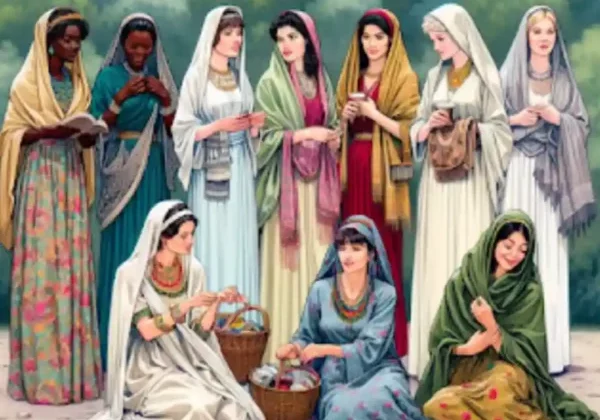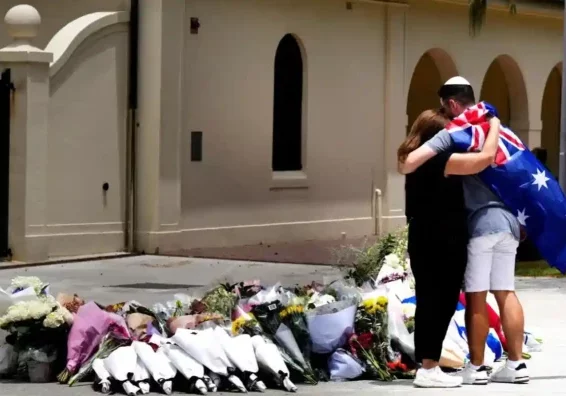From the Philippines to Asia: Holy Week Observances Across the Region

SHARE
Holy Week, the most solemn period in the Christian calendar, is a time of deep spiritual reflection and communal expression across Asia. While its theological foundation—commemorating the Passion, Death, and Resurrection of Jesus Christ—remains the same, its observance takes on different cultural textures from country to country.
In Asia, where Christianity exists amid a tapestry of religions, Holy Week becomes a window into the resilience and devotion of Christian communities.
In the Philippines, the heart of Catholicism in Asia, Holy Week—or Semana Santa—is observed with intense fervor. From Palm Sunday to Easter Sunday, the entire nation shifts into a more reflective mode. Offices and businesses close by midweek, television stations pause regular programming, and the usually congested roads of Metro Manila are eerily quiet. Traditions like the Pabasa, a continuous chanting of the Passion of Christ in vernacular verse, fill neighborhoods with a sacred rhythm.
On Good Friday, penitents in Pampanga engage in Maleldo—a dramatic reenactment of Christ’s suffering that includes self-flagellation and even crucifixion, drawing both local and international attention. Easter Sunday culminates in the Salubong, a pre-dawn procession where statues of the Risen Christ and the Virgin Mary meet, symbolizing the joy of resurrection.
Moving west to India, where Christians are a minority, Holy Week is celebrated with reverence and quiet strength. In Goa, with its Portuguese Catholic heritage, Holy Week includes liturgical music like Mando carols and elaborate church services.
In the northeastern states of Nagaland and Mizoram, Holy Week is a communal affair marked by fasting, prayer, and night vigils. Despite being surrounded by different faiths, Indian Christians maintain traditions that highlight the universality of the Easter message.
In Singapore, a multicultural hub, Holy Week observances reflect both Anglican and Catholic influences. Christians from diverse ethnic backgrounds—Chinese, Indian, Malay—gather for services at historic churches like St. Andrew’s Cathedral.
Maundy Thursday and Good Friday services are well-attended, while families continue the British tradition of baking Hot Cross Buns. The solemnity of the season stands out amidst the city-state’s bustling pace.
In Hong Kong, the faithful participate in pilgrimages like the Stations of the Cross at Rosary Church in Kowloon. Churches host multilingual services, acknowledging the city’s blend of local and expatriate believers. Despite a busy urban lifestyle, many take time for prayer, silence, and reflection on Christ’s sacrifice.
Indonesia still honors Holy Week in Christian-majority provinces such as Flores and Timor. Here, Semana Santa is marked by candlelit processions and community prayers. Young men lead the way, bearing religious statues and embroidered banners, bringing entire villages together in preparation for Easter Sunday.
Holy Week across Asia reveals a striking truth: while expressions of faith in the Lord differ in form, the message of hope, sacrifice, and resurrection unites believers. In local languages and customs, the gospel continues to reach hearts, reminding all that Jesus is risen—and that this truth transcends culture, geography, and history.
*Cover Photo/Thumbnail Photo Taken by Leocadio Sebastian
RELATED ARTICLES

Joe Rogan Says Christianity Works

Sanctification Often Feels Hard, Slow, and Deeply Painful











